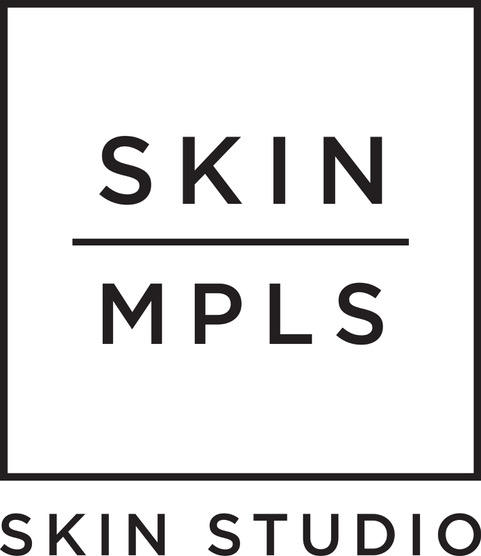Collagen 101: A Beefy Breakdown
Plump and juicy skin is trending. One of the main ways to keep your skin youthful and increase longevity is to make sure you’re producing and protecting collagen. But, can you take collagen orally or apply it topically to give your skin more collagen? Find out here!
What is Collagen?
Collagen is a protein found in the body and it makes up about 30% of the body’s protein. Proteins are made up of amino acid chains. Collagen is found in both human and animal skin, muscles, tendons, ligaments, connective tissue, cartilage, organs, bones, and teeth.
When it comes to skin, collagen is what gives skin its structure and support. It “cushions” your largest organ, your skin – and your internal organs as well. It’s what keeps your skin looking supple – or plump, as we like to say.
Why Do We Lose Collagen?
Collagen is affected by age, lifestyle, and diet.
Age: Our collagen production not only slows as we age, but the quality of the collagen we produce degrades as well. We lose about 1% of our collagen per year starting sometime in our twenties. And then in menopause, with the changes in estrogen levels, we lose another 30% in the first five years of menopause.
Lifestyle: Stress, smoking, sun exposure, low sleep, and lack of exercise all contribute to collagen depletion. They can destroy and/or damage collagen and affect the creation of new collagen – both the rate of the collagen that’s being created and the quality of the collagen created.
Diet: Intake of alcohol, sugar, and refined carbohydrates kick off a process called glycation which damages collagen. Consumption of inflammatory foods can also negatively affect collagen.
You can tell if you are starting to lose collagen in your skin if you notice sagging or wrinkling, or if your eyes appear hollow or sunken. You can feel the loss of collagen in your body in the form of joint pain and digestive problems due to the lack of lining around your intestines.
How Can We Keep Collagen?
Avoid those items listed above as much as possible and, of course, wear sunscreen daily. Eat whole foods, because collagen can only be successfully made if you are getting the following nutrients: vitamin C, vitamin A, copper, and zinc. There are many delicious whole foods to choose from to get these nutrients. Just give it a google.
Can You Supplement Collagen Orally?
While you can take powders or supplements, we’re still waiting on more trustworthy unbiased studies to back up the powerful claims that collagen supplement companies make (so far, the bulk of the “studies” available are by those companies). These products certainly don’t hurt anything though, and, at the very least, will give your body needed protein. Remember, there are not clear FDA requirements regulating collagen and claims, so look to sources you trust.
You can also get collagen by drinking bone broth. Again, it’s not fully known yet if collagen in supplements or foods fully support the skin’s collagen, but we do know that protein is allocated in the body to where the body needs it most. So for some, that may be the skin. But for others, that may be their bones or joints – we don’t get to pick!
What about Skincare and Collagen?
While most skin conditions can be almost fully treated topically with the right homecare, collagen is a little trickier. It is produced from the inside of your skin – so we can’t apply it to the skin to make more. But we can encourage its synthesis through the topical use of peptides, growth factors, antioxidants, exfoliants, and vitamins. Read here for our top products and methods to “beef” up your skin.
Outside of topical products, there are several in-office procedures and treatments as well as at-home tools to help ramp up your collagen.
Fillers: One way that collagen is used in the cosmetic industry is in the form of injectable facial fillers. Fillers are made of collagen and can help reverse the look of aging. An alternative to artificial fillers is Platelet-Rich Plasma (PRP) or Platelet-Rich Fibrin (PRF) therapy which uses your own blood’s platelets injected to make you make more collagen.
Chemical Peels: When topical acids are applied to the skin in a chemical peeling procedure, those acids reach down deep to trigger a wound response which in turn triggers collagen production.
Microchanneling: Microneedling and microchanneling are also referred to as Collagen Induction Therapy (CIT) because of their dramatic ability to help your skin make loads of collagen.
LED and Microcurrent: These therapies are also both proven and effective ways to create the energy that stimulates collagen production. Both can be done in-office or at home.
